When Psychology and Math Just Don't Agree
- Yael Mark
- Aug 25, 2023
- 3 min read

"Can anyone name one thing they are average at?” asked one of my friends from the army to a group of fellow soldiers. Back then, it sounded easy. The only rule was not to name something that is already pre-rated (e.g. a school subject, height, or how fast we run) but a characteristic that relies on an introspective comparison of our abilities. Many people exist in the world, and most of them are not great singers, dancers, or hula-hoopers. So why couldn't any of us admit that we are average at something?
It wasn’t an act of arrogance or repression. It was simply normal. A 1981 study found that 88% of American drivers rated themselves more proficient than the average road driver.
Mathematically, it’s not feasible; psychologically, it is.
The Illusory Superiority, or the above-average effect, is a cognitive bias wherein a person overestimates their own qualities and abilities compared to others. Instead of consciously comparing our traits to those of others, we tend to evaluate ourselves based on our idealized self-conceptions. This can make it difficult to accept contradictions or negative feedback, as they may be perceived as hurtful or unrealistic.
Grammarly, a popular browser add-on that helps users write clearly online, provides positive reinforcement that aligns with our self-perception of outshining other individuals, by focusing on comparative traits in which we excel. Nourishing users with positive reinforcement is crucial to keeping them feeling enriched rather than humiliated when using the app, even as they are repeatedly corrected. The weekly email sent to users summarizes their achievements in three major criteria: productivity, vocabulary, and mastery.

Even with a brief glance at the email, users can see how well they performed in relation to others. While a scale of 1-100 is typically used to estimate one's abilities, falling below 50 can be disappointing, as 50 is commonly the minimum threshold for passing a test. In this case, if distributed normally, 50% of users will feel discouraged and disempowered. However, most users who “fail” are still better than others. By visualizing the same data differently, as shown in the image above, more users will be satisfied because it aligns with their self-perception.
I noticed a different utilization of this cognitive bias in the “Wikipedia is not for sale” campaign. Cleverly, the online community-edited encyclopedia employed the persuasive foot-in-the-door technique when raising money. Initially, users are asked to determine if their usage of Wikipedia this year was worth more than $2. If so, the user is directed to the right and can choose the donation amount. Donating money creates a positive self-perception, which users want to maintain. After agreeing to a small donation, the user is more likely to persist with their self-perception when asked to donate a larger amount, even if it's not the most rational choice.

Once the user decides to contribute to its survival, Wikipedia presents users with the above-average effect, as seen in the image above (“The average donation in the U.S. is around $15”). Our desire to feel superior to others might influence our final donation. Moreover, note that $15, supposedly the average donation, is the third option out of seven preset amounts, offering users a wider range to donate above average without the added effort of typing a customized amount.
The power of Illusory Superiority isn't confined to psychology; it can also be harnessed in product development. Whether it's enhancing positive perceptions of prolonged usage, improving overall satisfaction, or motivating users to excel in a specific task, this cognitive bias is a versatile tool in a designer's arsenal. It enables product managers and designers to steer user behavior and shape experiences without significant resource investments.


Commentaires